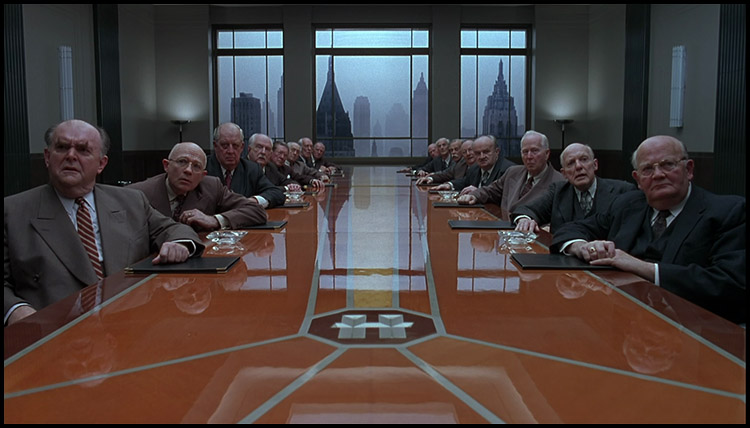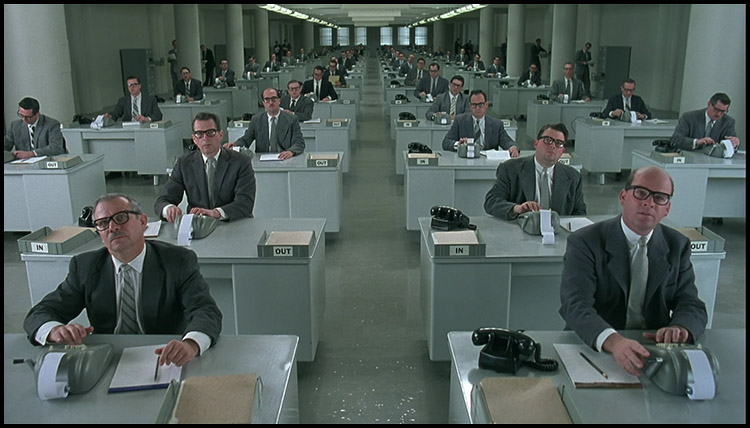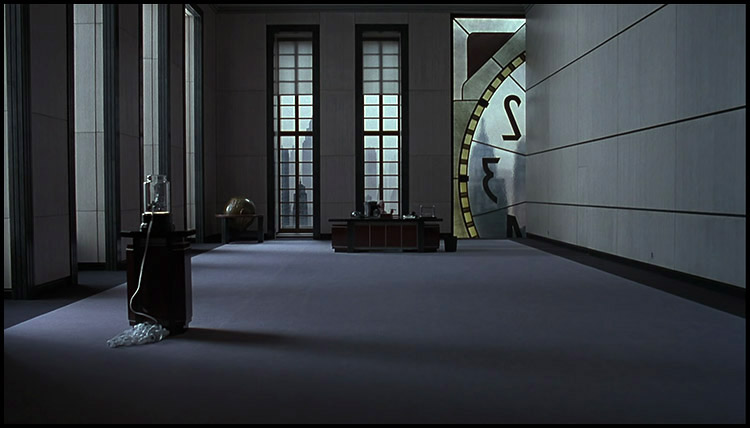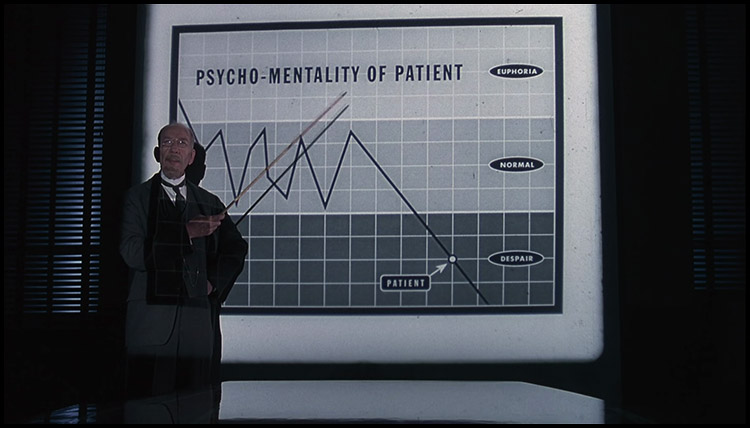
Sam Raimi, Ethan Coen, and Joel Coen, 1994
#23 of 28 in the 20th century series
Whoops—normally I dip into the 20th century series between years on my main watch list, but I completely forgot and went straight from the 2018 Skandies to the 2019 MCU. So here I am backing up and hitting the penultimate year in the 20th century series, 1994. So why did I say in 1999 that The Hudsucker Proxy was one of my favorite movies? Almost certainly because it was 1999, and after Fargo (1996) and The Big Lebowski (1998), I had decided that I was a Coens fan and grandfathered their last film prior to Fargo into my pantheon.
Of course, one of these things is not like the others. The Big Lebowski is widely acclaimed as an all-time cult classic. Fargo won multiple Oscars. Even Barton Fink (1991) won the Palme d’Or at Cannes. The Hudsucker Proxy, by contrast, was a flop. It cost about $40 million to make and market, and brought in about a quarter of that. Apparently audiences in 1994 weren’t lining up around the block to see a pastiche of screwball comedy, a genre whose heyday was six decades earlier. Over the course of those six decades, acting got increasingly naturalistic, yet here was a movie full of actors firing off obviously scripted lines in artificial cadences. It isn’t even set in (what was then) the present—it takes place in 1958. Perhaps not a formula to pack ’em into the theaters.
Yet the setting is the movie’s greatest strength. The Hudsucker Proxy is ultimately all about its visuals, the exaggeration of the mid-century aesthetic, especially the corporate version thereof. Here’s a board meeting:








